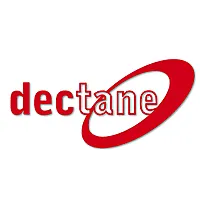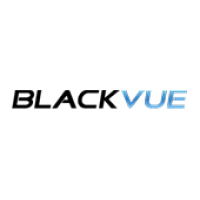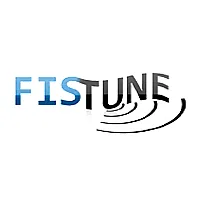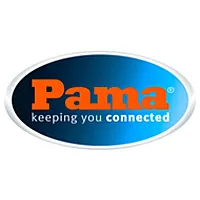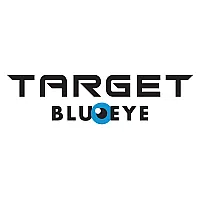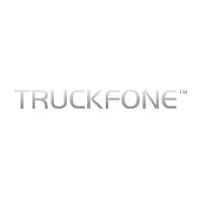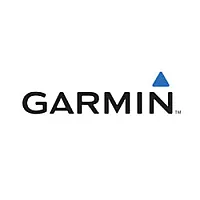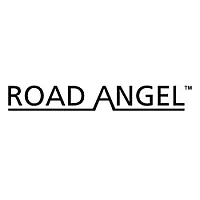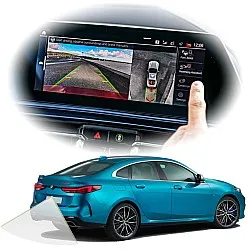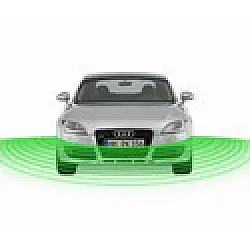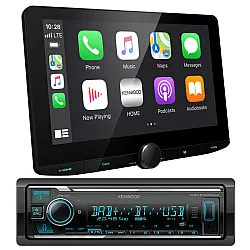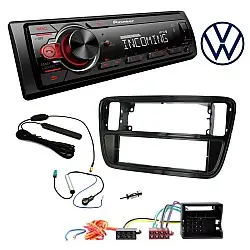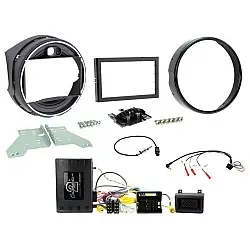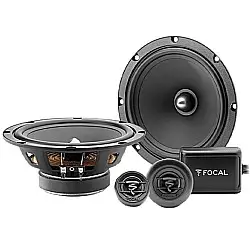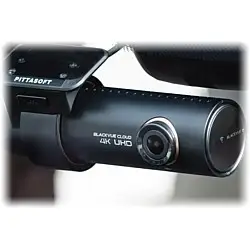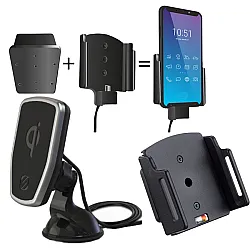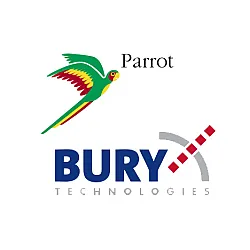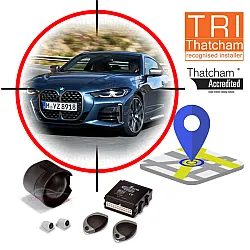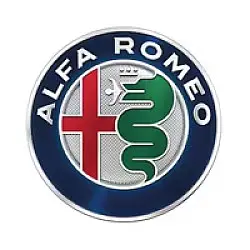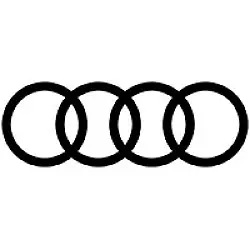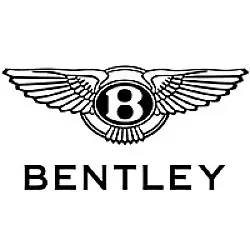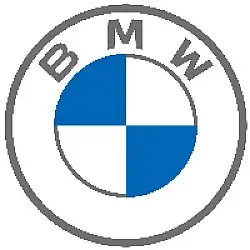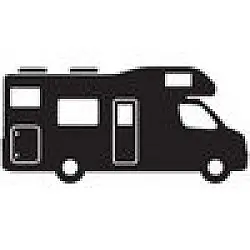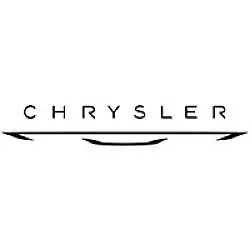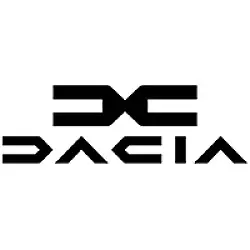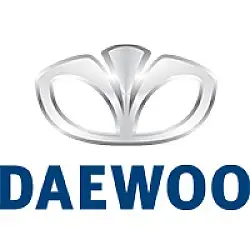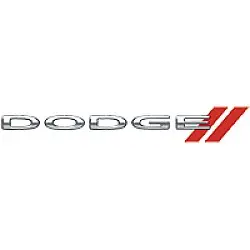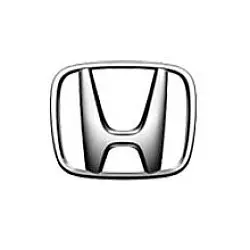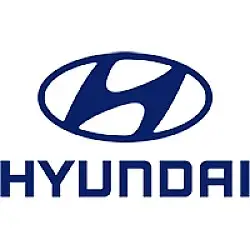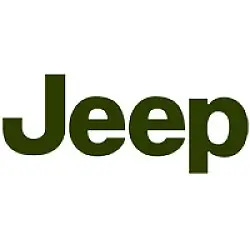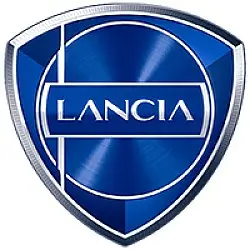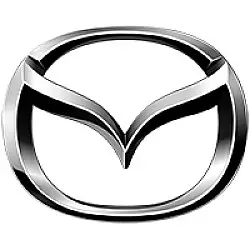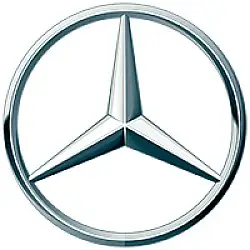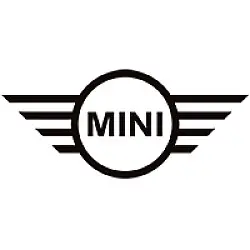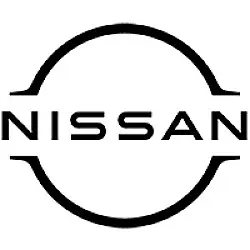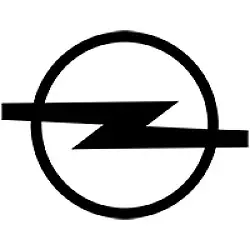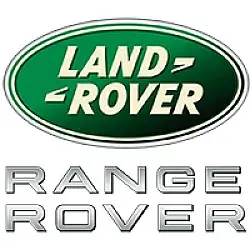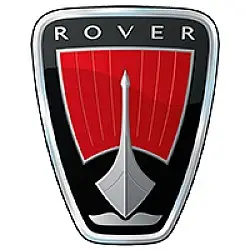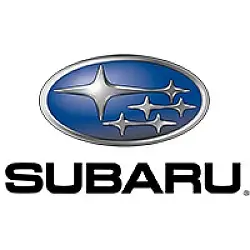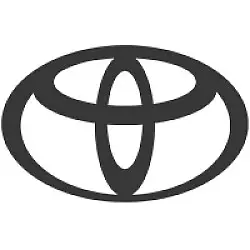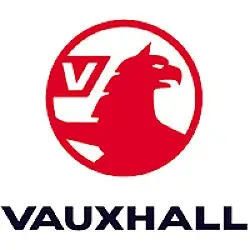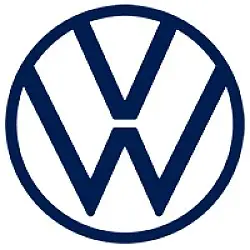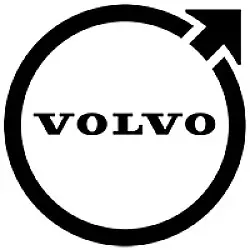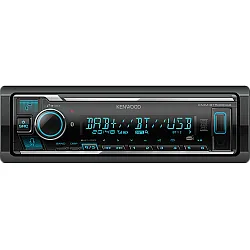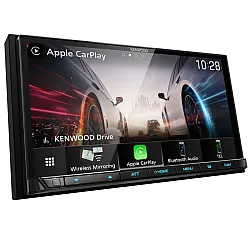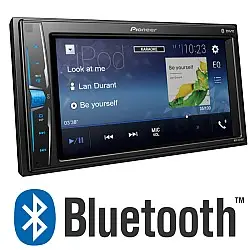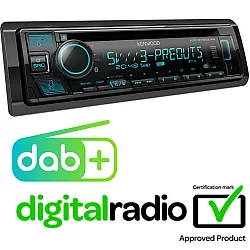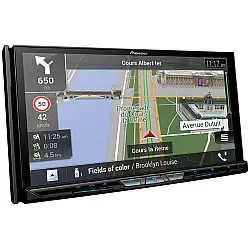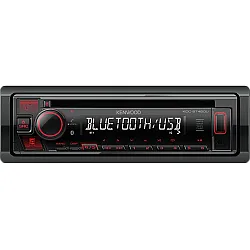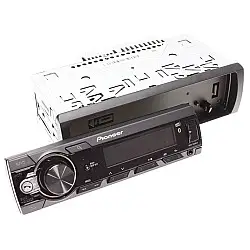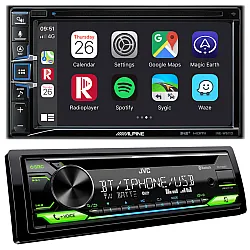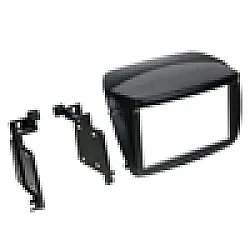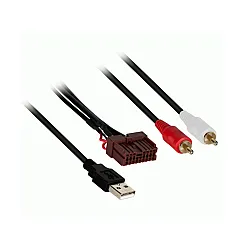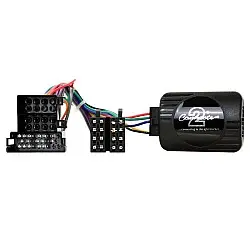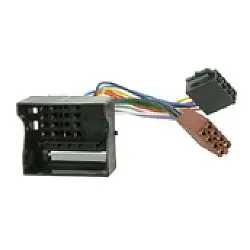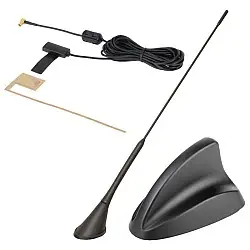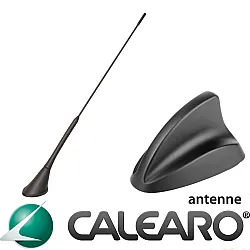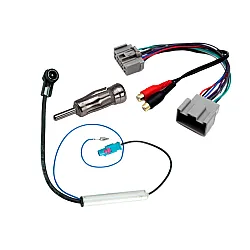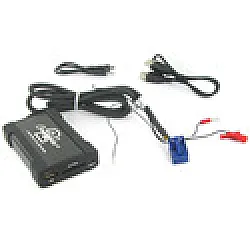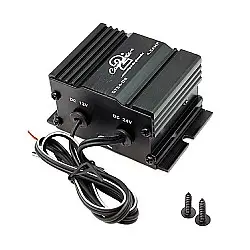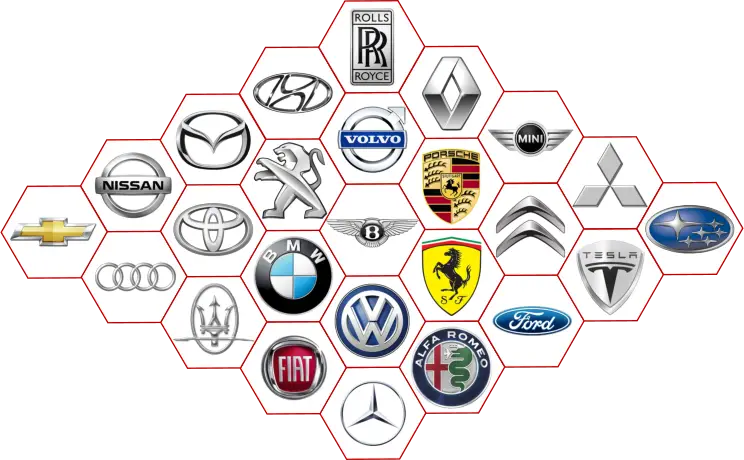What is a crash for cash scheme?
Crash for cash schemes have hit the headlines increasingly often in recent years, and is a rising problem for the UK. Essentially, it’s fraud - but a particularly dangerous form of it. There are several forms of crash for cash schemes, but the most common is what’s called an “induced accident”.
An induced accident involves a driver pulling out in front of an innocent motorist and then braking hard. This often results in the innocent party ploughing into the back of them, whereupon the fraudster makes an insurance claim, which can be into the thousands of pounds. Alternatively, they might even demand some money from the driver at the scene, in return for not reporting the accident - often somewhere between £50 to £200. (It might not sound like much, but it all adds up!) Criminals rely bullying or intimidation tactics, as well as the fear that many people have about their No Claims Bonus, and the fact that in these cases, the driver behind is generally assumed to be at fault.
Crash for Cash schemes constitute a major reason why dashboard cameras and similar technology are becoming so prevalent sight on Britain’s roads - as they help motorists to legally protect themselves and prove liability.
Common cash for crash scenarios
The above example is only one of the possible crash for cash scenarios, and it can be carried out with varying degrees of sophistication. Sometimes the fraudsters are opportunists or those looking to make a quick buck, whereas some of the biggest crash-for-cash schemes are carried out by organised criminal gangs. The more experienced fraudsters will take additional measures, such as disconnecting their brake lights to ensure that the innocent party has the bare minimum time to realise what’s happening and react accordingly. In some cases, fraudulent claims are made when there was no accident at all – known as ‘ghost accidents.’ When a fraudulent claim is made, the damage costs are greatly exaggerated. Fraudsters will make personal injury claims for things like whiplash, in a bid to maximise their payouts.
“Flash for cash” is very another common type. This is when a driver flashes to let you out of a junction or roundabout, and then deliberately collides with you anyway, before claiming it was your fault.
Crash for cash schemes take other forms, too. This may involve staged accidents, in which no innocent motorists are directly involved - two or more fraudsters intentionally damage their own vehicles, and claim on the insurance. Alternatively, they may invent what’s called a ‘ghost accident’, in which no vehicles are involved at all; the scam exists purely on paper.
There have even been cases where pedestrians and cyclists put themselves in the path of a vehicle and cause an accident, although obviously this is far less common as it demands a lot of nerve on the part of the would-be fraudster.
Whatever the specifics, when a fraudulent claim is made, the damage costs are typically highly exaggerated. Fraudsters will make personal injury claims for things like whiplash, in a bid to maximise their payouts. Whiplash is a notoriously hard condition to diagnose, and fraudsters may make additional claims that are difficult to disprove, such as situational anxiety.
The true cost of Crash for Cash schemes
Even if the fraud doesn’t directly involve innocent motorists, it’s never a victimless crime. The Insurance Fraud Bureau estimates that crash for cash scams cost UK insurers around £340 million each year. This is a cost ultimately passed on to honest motorists through increased premiums, recently estimated to cost each insured driver an additional £50. One garage was caught after raking in more than £800k in fraudulent claims, and another major operation was tied up in 2018, which involved over 100 participants and raked in £2 million.
What’s more, where criminal gangs are concerned, proceeds of Crash for Cash scams are frequently used to fund other organised illegal activities, such as people trafficking and drug running. This is to say nothing of the human cost, in terms of physical injuries and psychological trauma to individual drivers, some of which can be severe.
How to avoid being caught up in a Crash For Cash scam
It sounds simple enough to say, but honestly the best place to start is by making sure you’re driving safely and cautiously. Innocent motorists are easier targets for fraudsters if they’re speeding or being inattentive. Always keep a safe distance between you and other vehicles. This makes it harder for a fraudulent driver to instigate a collision. If you spot that another driver has no working brake lights, give them a very wide berth, and doubly so if you notice them behaving erratically or unpredictably. Experienced scammers will choose their victims carefully, they like drivers who would be fully insured but not likely to cause a fuss. This typically includes mothers with children, and the elderly.
It’s also worth paying attention to any passengers in the car. Are they frequently looking behind them, or otherwise paying close attention to the car immediately following? These can be telltale signs they’re about to cause a crash. Above all, trust your gut. If you spot anyone you think may be acting suspiciously, avoid them like the plague.
Even when you’re on a high alert, it can still be difficult to avoid a Crash for Cash scheme while staying safe. In most cases, it would take superhuman reflexes to react without swerving and crashing into another motorist. It’s why dashcams can be so helpful - even if a crash occurs, it allows you to demonstrably prove who was at fault, thus protecting yourself against any fraudulent claims. It’s by far one of the single best preventative measures you can take.
What to do if you think you may be a victim
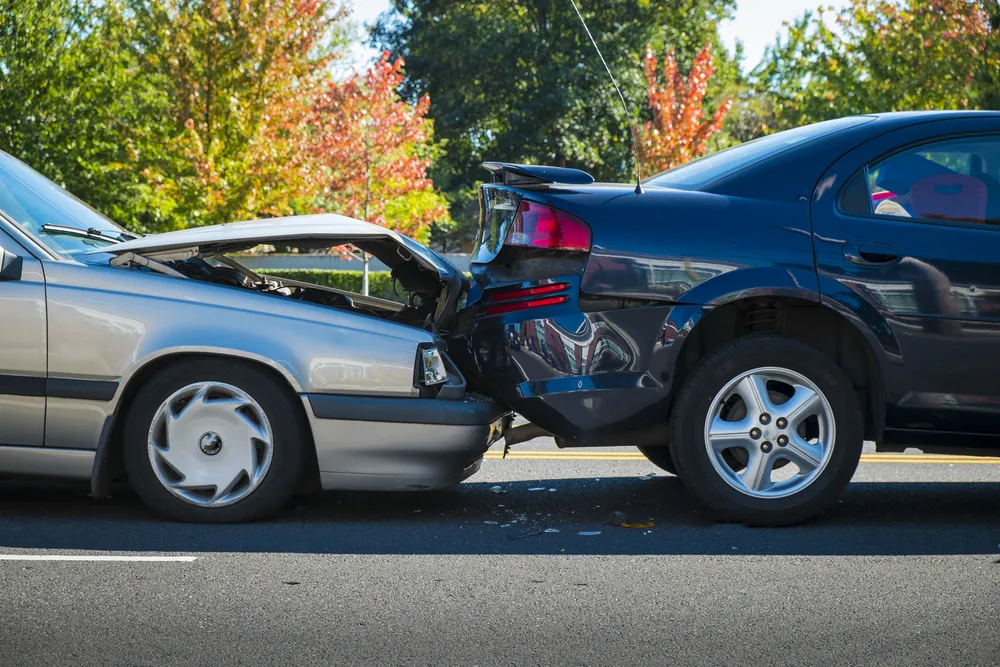
Hundreds of thousands of road accidents happen every day, and the vast majority of them are… well, innocent might be the wrong word, but you catch our drift. However, if you’ve got reason to suspect you’ve been caught up in a crash for cash scam, here’s how to approach it. A dashboard camera is incredibly useful in cases like these. Video footage often corroborates innocent drivers by revealing the actions of the crash for cash driver shortly before the impact. Keep your camera switched on when you are driving and submit any suspicious footage to your insurance company if you’re involved in a suspected crash for cash accident.
First of all, don’t admit liability for anything at the scene. Take photos, make a note of the driving conditions, and ask witnesses for their contact details. (Be aware, though, that some of the most organised gangs will have planted witnesses in advance, so their corroboration can’t always be relied upon.) If the other driver appears very calm and already has their insurance details ready, it’s best to be wary, but don’t accuse them directly.
It’s best to call the police, especially if the driver is attempting to pressure you into paying them off at the side of the road (a common tactic for experienced fraudsters). You may feel it’s best to do so in while locked in your own vehicle, or openly in front of them - you may well find they back down. As soon as you can, you should also report the incident to your insurer as soon as possible, and if it’s possible to discreetly inform them about your decisions you should do that, too. Once you’re home, you should also consider reporting the incident to the Insurance Fraud Bureau.
Above all, stay calm. This is easy for us to say and much harder advice to follow in the stress of the situation, but just remember that people who orchestrate crash-for-cash scams will count on you being panicked, and they’ll try to use your heightened emotional state to manipulate or pressure you into doing what they want.
Specifically, you shouldn’t ever pay someone at the side of the road if you have an accident, even if you think the accident was indeed your fault. There’s nothing to stop the scammers from coming after you afterwards - there are stories of people receiving multiple phone calls and even unwelcome home visits, months after the incident in question. It’s also worth bearing in mind that you may well be committing an offence by not specifically telling your insurer what’s happened.
How can dashcams help?
A dashboard camera is incredibly useful in cases like these, and many have been designed specifically for these scenarios. Video footage can help to conclusively corroborate your account, helping to negate even the most sophisticated of criminal measures, such as planting multiple false witnesses. If you’re not sure of which one is best to choose, we’ve compiled the Ultimate Buyer’s Guide to Dashboard Cameras to help give you the info you need to make an informed decision.
Keep your camera switched on when you are driving and submit any suspicious footage to your insurance company if you’re involved in a suspected crash for cash accident.
Here at Car Communications, we stock a huge range of dashboard cameras, which can be instrumental in helping you to avoid being caught up in a crash for cash scam. Take a look round our site or give us a call on 01254 694537 for friendly, professional advice.







